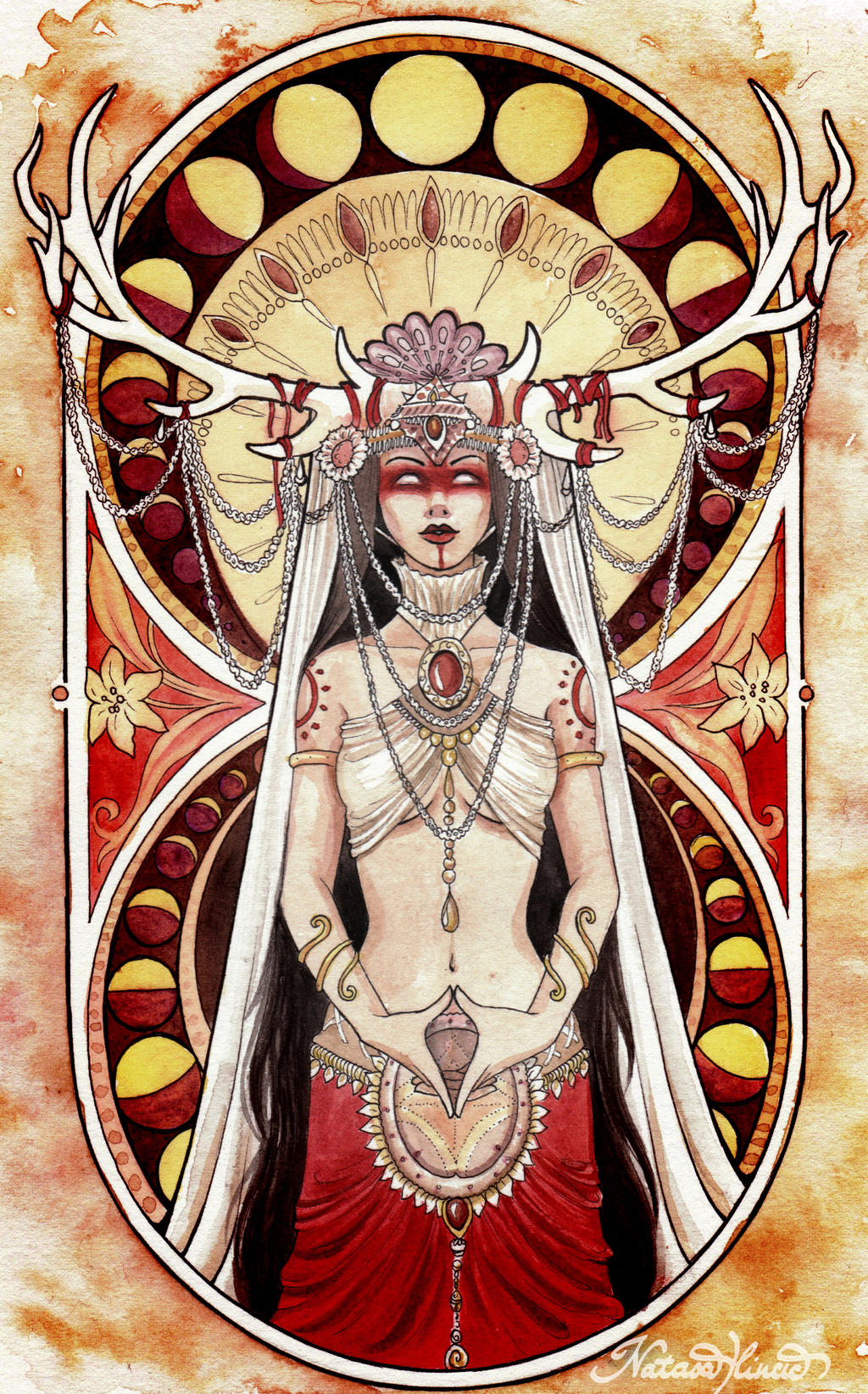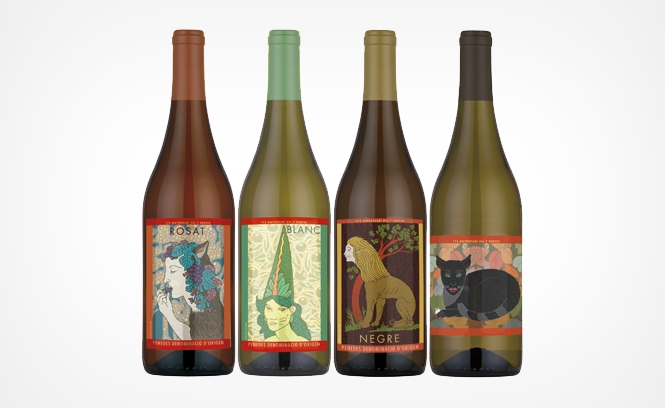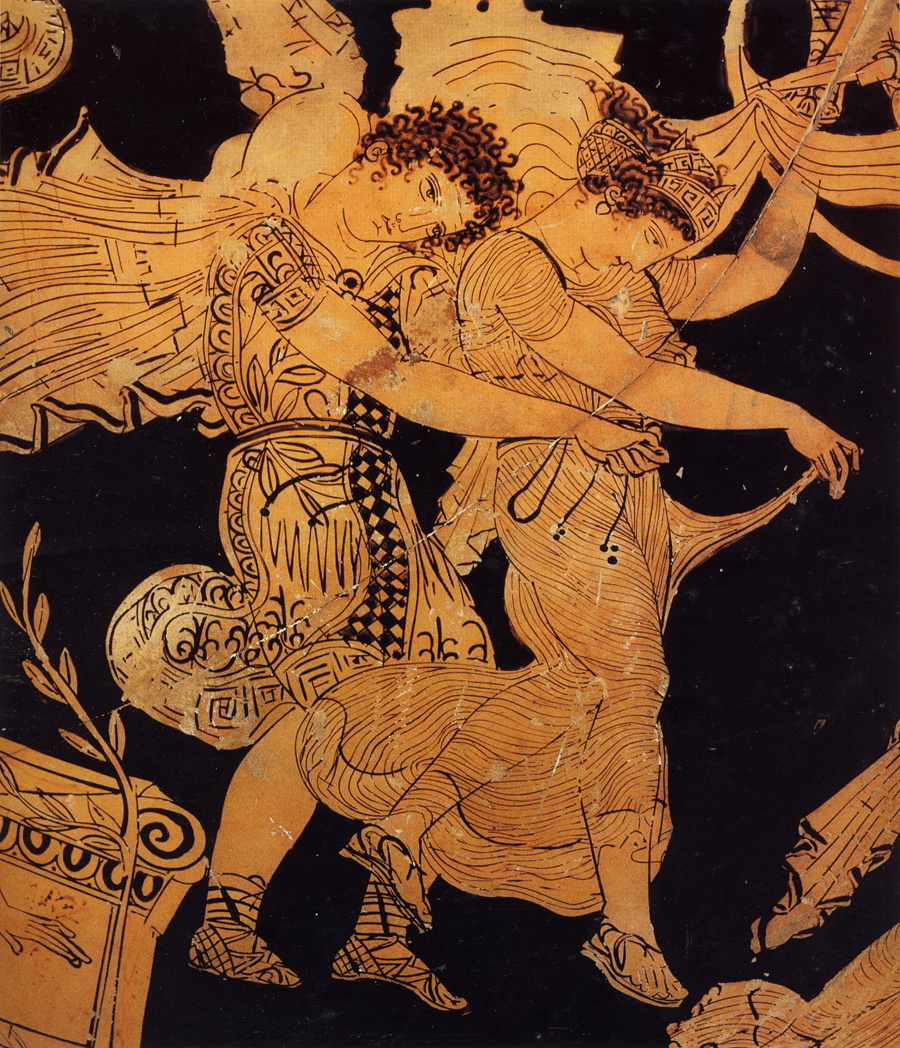Hinduism is proclaimed as a very free and open religion, meaning it doesn't/didn't take part in the aniconism displayed in the likes of Chirstianity and Islamic religions, thus allowing us to view and admire many different forms of art which revolve around this laid back religion.
In fact there are 64 traditional arts involved in Hinduism which show use of a variety of skills and crafts, such as:
- Music, painting/sculpting, architecture, creation of colourful patterns, and even the likes of cooking, singing, creating perfumes, applying make-up and flower arranging/caring for trees.
Moving away from the variety of arts found in Hinduism, however, I'm going to focus some more on the actual art in the religion, specifically of their many God's and Godessess. As this religion doesn't partake in the aniconism we so often see in other religions, there are many different pieces of art work which revolve around their abundance of higher figures.
The above images portray the God's/Goddesses known as: Vishnu, Ganesh and Shiva. The overall style of these particular pieces is very realistic, which in a sense is ironic considering the art work is depicting incredibly surreal scenes. However, this sense of surrealism allows the use of exotic colours and imagery to really make an impact on the viewer, reflecting the budding beauty and possibilities Hinduism (as a religion) seems to posess, allowing said viewer to fully look up to and admire these God's and Goddesses. Each of the three pictures illustrate very lush and sublime backgrounds, suggesting the idea that the religion is one which connects with nature, and both Vishnu and Ganesh are shown to be stood atop the lotus flower, a flower which represent the likes of beauty, fertility, prosperity, spirituality, and eternity in this particular religion. All of these things make both the artwork and the religion appear rich in a certain array of positive qualities, and it's satisfying to know that Hinduism allows us a glimpse into their beautiful culture and to even take aspects of it to make our own.
Due to the fact that Hinduism grants access to people who aren't of that religion and allows its many aspects to be recreated by contemporary means, it's interesting to see the adaptations of outsiders whom find inspiration and influence from this religion. For example:
This contemporary and rather abstract illustration of Vishnu was created by Sanjay Patel, a Pixar artist and animator. If we compare this to the previous piece of artwork portraying Vishnu, it's obvious that the differences are vast. This design is clearly more modern and will appeal to a greater, contemporary audience and it's for this particular reason I believe that this type of freedom within a religion is important. After all, it allows more interest to be shown from those not involved and this type of curiosity often leads to more participation, bringing in more followers.
Sources used:








